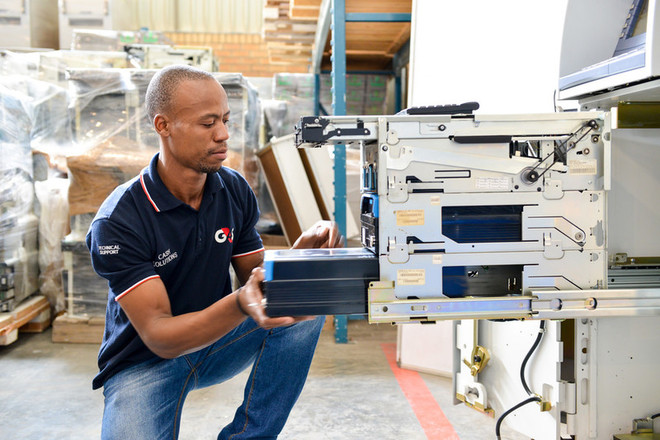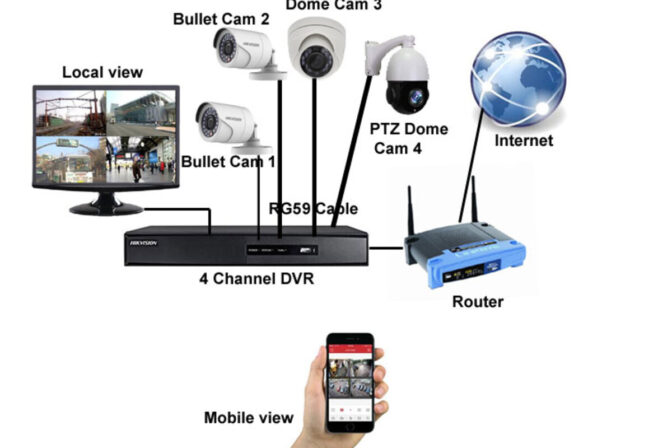In today’s digital world, website security is more crucial than ever. Cyberattacks are growing in frequency and sophistication, posing risks to businesses and individuals alike. Whether you manage a small business page or a large e-commerce platform, securing your website is essential to protecting your data, reputation, and users. Below, we’ll explore key steps you can take to enhance your website’s security and keep cyber threats at bay.
1. Switch to HTTPS
One of the simplest yet most critical security measures is switching your site to HTTPS. HTTPS encrypts the data exchanged between a user’s browser and your web server, preventing sensitive information like login credentials, personal data, and payment details from being intercepted by hackers. To make this switch, install an SSL certificate on your website. Visitors will know your site is secure when they see the padlock icon in their browser bar.
2. Keep Your Software Up to Date
Outdated software is one of the most common entry points for hackers. Whether you’re using a content management system (CMS) like WordPress or custom-built solutions, it’s crucial to keep all software up to date. This includes the website platform itself, as well as any plugins, themes, or modules. Developers regularly release security patches to address vulnerabilities, so staying current will reduce your exposure to threats.
3. Enforce Strong Password Policies
Weak passwords are an easy target for attackers. Encourage users and administrators to create strong, unique passwords using a mix of letters, numbers, and symbols. Better yet, implement multi-factor authentication (MFA), which requires an additional verification step, such as a code sent to the user’s phone, making unauthorized access much more difficult.
4. Implement a Web Application Firewall (WAF)
A web application firewall (WAF) adds an extra layer of protection by filtering and monitoring incoming HTTP traffic to your site. A WAF helps prevent various types of attacks, including SQL injections, cross-site scripting (XSS), and more. It acts as a barrier between your website and potential threats, ensuring malicious traffic is blocked before it reaches your server.
5. Validate and Sanitize User Inputs
User input fields, such as contact forms or search bars, can be exploited if not properly secured. Hackers can inject malicious code through these fields, leading to data breaches or website defacement. To avoid this, ensure all user inputs are validated and sanitized, meaning only the expected type of data is accepted, and any potentially harmful code is stripped out.
6. Limit User Permissions
Not every website user needs full administrative access. By limiting user permissions to the minimum level necessary for their tasks, you reduce the risk of insider threats and compromised accounts. For example, a content creator may only need access to post articles, not to change website settings.
7. Regular Backups
Even the most secure websites are not immune to attacks or accidents. Regularly backing up your website ensures that you can recover quickly if something goes wrong. Ideally, you should automate backups and store them in a secure, off-site location. This way, even if your site is compromised, you won’t lose critical data.
8. Protect Against DDoS Attacks
Distributed Denial of Service (DDoS) attacks can take down your site by overwhelming it with traffic. Implement DDoS protection services, such as those offered by content delivery networks (CDNs) or specialized security providers, to mitigate these attacks. These tools can detect and block malicious traffic, ensuring your website remains online even during an attack.
9. Conduct Regular Security Audits and Penetration Testing
It’s important to stay proactive in identifying potential vulnerabilities. Regular security audits and penetration testing can help uncover weaknesses before cybercriminals exploit them. A security audit reviews your current practices, while penetration testing simulates real-world attacks to identify areas that need strengthening.
10. Monitor and Log Website Activity
Monitoring your website for suspicious activity is key to catching potential threats early. Enable logging for all user actions, and set up alerts for unusual behaviors, such as multiple failed login attempts or unauthorized access to sensitive areas. Real-time monitoring tools can provide instant notifications if something seems off, allowing you to take swift action.
Conclusion
Enhancing your website’s security is not just a one-time task—it’s an ongoing process. By adopting the strategies above, you can protect your website from many of the common threats it faces.










